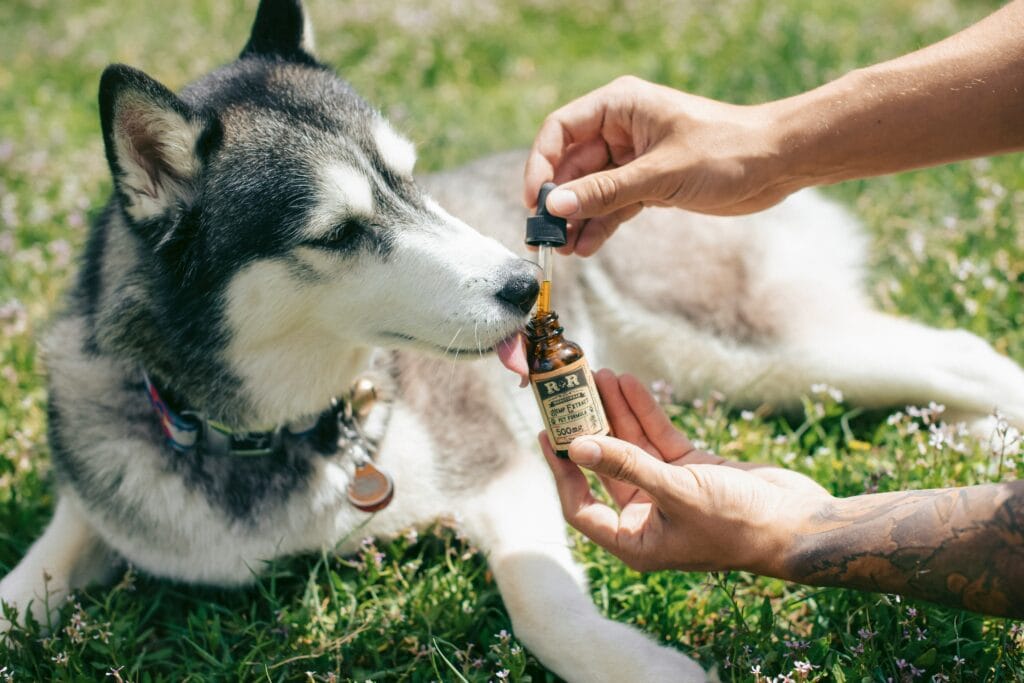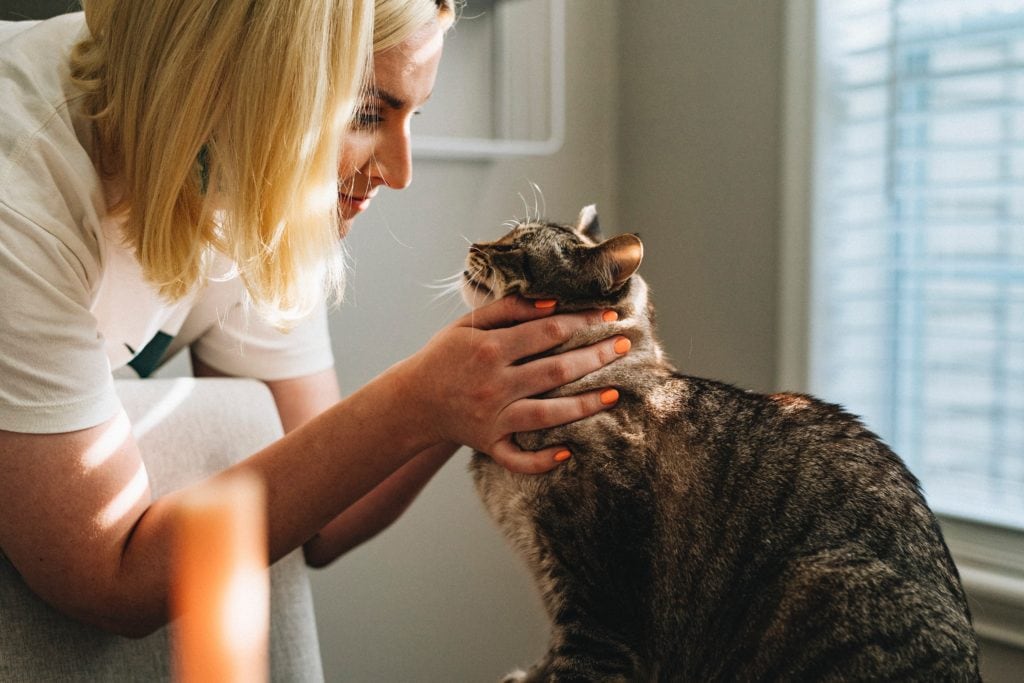Allergen-Specific Immunotherapy info
Atopic dermatitis (environmental allergies) is a type of skin allergy directed against environmental substances (allergens) such as pollens (from weeds, trees, and grasses), mold spores, or dust mites in the house. Pets with atopic dermatitis get itching, skin infections, and ear infections. There are many symptomatic treatments such as anti-itch drugs to help make patients comfortable, but at All Clear Veterinary Dermatology, our favorite treatment for atopic dermatitis is Allergen-Specific Immunotherapy (ASIT). ASIT is a mixture of whatever substances a pet is allergic to. By giving the pet small, frequent amounts of the pollens they are allergic to, we can desensitize the immune system so they stop over-reacting to these harmless substances in the environment. ASIT has no long-term side effects since it’s not really a drug- it’s just a sterile mixture of pollen extracts, meaning it is the most natural way to control allergies.
ASIT comes in 3 forms:
- Subcutaneous Immunotherapy (SCIT): pet owners are taught to give injections underneath the skin (SQ) at home. Injections start at smaller amounts of a diluted solution, then build up to full-strength over 1-2 months. General maintenance dose is 1cc every 14 days, though dosages are often adjusted based on patient response. The success rate is around 85% and response usually takes 3-12 months. Side effects can occasionally include increasing itching for 24h after injections, pain atthe injection site, or very rarely anaphylaxis (an emergency allergic reaction). SCIT is usually well-tolerated and has been used in many years for dogs, cats, and horses.
- Sublingual Immunotherapy (SLIT): pet owners give 1 metered pump under the tongue once daily long-term (different dosage metered pumps are used to build up to full-strength). The success rate is around 85% and response usually takes 3-10 months. Side effects are uncommon but can occasionally include increased itching of the mouth. It is questionable if anaphylaxis has been reported in pets with SLIT, but in any case it’s extremely rare. SLIT has been used in dogs and cats for about 10 years.
- Intralymphatic Immunotherapy (ILIT): a small amount of immunotherapy is injected by a dermatologist into a popliteal lymph node (behind the knee) once monthly for 5 months. About 50% of patients achieve long-term control of their allergy symptoms after just 5 injections! Patients that don’t achieve long-term remission with ILIT can switch over to SCIT or SLIT for long-term control. Side effects are uncommon but can include pain at injection site or very rarely, anaphylaxis. Sedation is not usually needed. This treatment has been used in dogs for about 1 year.





